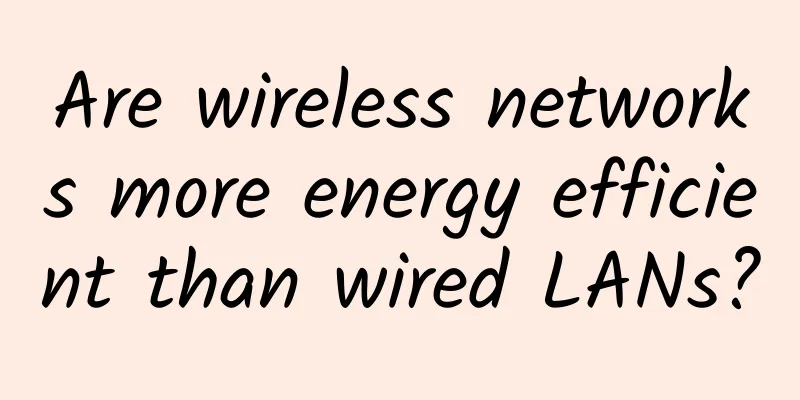How do 5G and 6G networks support smart city applications?

|
However, lower latency and the ability to support more devices increase supply chain and cybersecurity risks. While 5G and 6G networks could help first responders and smart city projects with more reliable communications, faster data transfers and new capabilities like intelligent edge computing, they could also introduce new threats, according to a federal government report. To help public sector officials understand the impact of 5G, the Department of Homeland Security’s Science and Technology Directorate recently completed an in-depth study of the technology being deployed. “Organizations must balance the adoption of these capabilities against the risks and uncertainties of using either technology,” said Mark Fry, a senior technology official at Tech. 5G deployments around the world began in 2019, promising faster, more resilient data transmission. The new network protocols will enable new technologies like driverless cars and autonomous delivery robots, while the U.S. Department of Homeland Security missions will see advances in sensor networks and autonomous systems, the researchers wrote. For state and local governments, the rollout will give first responders new tools like priority networks, geolocation and search and rescue drones. The report said that 5G's ability to support more sensors and IoT devices can better collect, process and analyze large amounts of data in real time. With the widespread use of 5G, monitoring teams at government facilities can deploy more cameras along the U.S. border and use real-time tracking to detect smuggling activities more quickly, or respond to rescue beacons of migrants in distress. However, 5G also increases the risk of introducing untrusted or counterfeit components, giving malicious actors the opportunity to exploit valuable information and intelligence. End-user systems, such as government computers, phones and other devices, could be compromised as a result. 6G deployment is scheduled to begin in 2030, but by then, states and local entities will be moving toward a fully digital and connected environment, the report said. These improvements will increase network efficiency, allow for optimization through artificial intelligence and powerful edge computing, provide faster service in remote locations, and dynamically respond to network demands through cloud-hosted networks. For autonomous vehicles, 6G's wider bandwidth capabilities can improve real-time information on smart transportation. Connected vehicles can be equipped with radars that allow them to sense the location of surrounding objects and detect potential obstacles. This information will be wirelessly connected to a central network to guide the vehicle's driving. Wider smart transportation systems, such as traffic pattern tracking, will also provide use cases for first-time response operations. However, TechCrunch notes that legacy security gaps will need to be addressed before secure 6G deployments can be rolled out, as more devices could introduce a larger attack surface in system architectures for cybercriminals to exploit. |
<<: Cyber attacks are powerful, and Microsoft was hit! Five reflections on corporate risk control!
>>: The 5G vision has not yet been fully realized, but 6G is coming?
Recommend
5G is not yet popular, and 6G is coming?
In 2022, have you already switched to a 5G phone ...
Why do we need a Layer 3 switch? Seven indicators for selecting a Layer 3 switch in a monitoring system
Recently, a friend asked about the application of...
HostSlick: Netherlands high-security VPS from 5.99 euros/month, 1Gbps unlimited traffic, optional OpenVZ/KVM architecture
HostSlick is a foreign VPS service provider found...
Talk about Multi-Access Edge Computing (MEC) based on SDN
The development of data generation and data proce...
Enterprises are joining in one after another, rapidly expanding the 5G private network "circle of friends"
As we enter 2021, the industry is increasingly ca...
DogYun: Japan Dynamic Cloud 60% off, starting at 0.0457 yuan/hour, Classic Cloud 20% off
DogYun has launched a promotion for Japanese data...
Why do Tencent and Alibaba use LoRa, and operators use NB-loT?
Industry insiders are familiar with LoRa technolo...
HostDare: Los Angeles VPS with 10% off monthly payment and 30% off annual payment starting at $18/year, annual payment gives double memory + double traffic
HostDare released the latest promotion in LET, of...
LOCVPS Double 11 Top up 300 get 50, all VPS 20% off
LOCVPS (Global Cloud) has announced the Double 11...
Promote Kunpeng talent training and help build the Kunpeng industry ecosystem
On November 25, Huawei Kunpeng University Tour Sh...
RackNerd "Memorial Day" Sale: Los Angeles VPS from $14.99 per year
RackNerd has launched a Memorial Day promotion, w...
Building the future: How ICT can help develop livable cities
With the steady acceleration of global urbanizati...
2021 China Internet Haha List 3: Top Ten Keywords
With change comes new opportunities. The Internet...
IPv6 has a "red" start, and Internet giants are showing their talents!
After "getting up early and arriving late&qu...
10gbiz: 50% off, starting from $3.44/month, Hong Kong CN2 GIA/Los Angeles CN2 GIA/AS9929/large hard disk VPS optional
10gbiz is offering a 50% discount on all VPS host...









